

The National Geographic Guide to Birding in North America - Season 1 Episode 10 Birding by Ear
Season - Episode
1
Season 1 May 26, 2017
-
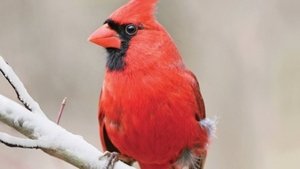 1 - 1Birding Basics: Bird Origins and Taxonomy May 26, 2017
1 - 1Birding Basics: Bird Origins and Taxonomy May 26, 2017 -
 1 - 2Basic Bird Anatomy May 26, 2017
1 - 2Basic Bird Anatomy May 26, 2017 -
 1 - 3Size, Shape, and Color as Birding Tools May 26, 2017
1 - 3Size, Shape, and Color as Birding Tools May 26, 2017 -
 1 - 4Bird Distribution, Status, and Endemism May 26, 2017
1 - 4Bird Distribution, Status, and Endemism May 26, 2017 -
 1 - 5Habitat and Season as Birding Tools May 26, 2017
1 - 5Habitat and Season as Birding Tools May 26, 2017 -
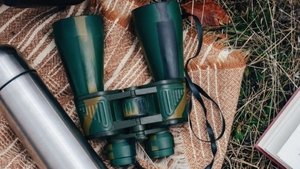 1 - 6Introduction to Birding Optics May 26, 2017
1 - 6Introduction to Birding Optics May 26, 2017 -
 1 - 7Tactics for Better Birding May 26, 2017
1 - 7Tactics for Better Birding May 26, 2017 -
 1 - 8Using Bird Behavior to Identify Birds May 26, 2017
1 - 8Using Bird Behavior to Identify Birds May 26, 2017 -
 1 - 9Understanding Variations in Plumage May 26, 2017
1 - 9Understanding Variations in Plumage May 26, 2017 -
 1 - 10Birding by Ear May 26, 2017
1 - 10Birding by Ear May 26, 2017 -
 1 - 11Essentials of Bird Migrations May 26, 2017
1 - 11Essentials of Bird Migrations May 26, 2017 -
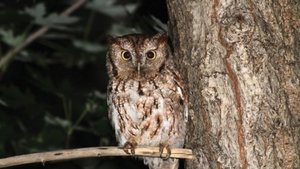 1 - 12Birding at Night May 26, 2017
1 - 12Birding at Night May 26, 2017 -
 1 - 13Pelagic Birds May 26, 2017
1 - 13Pelagic Birds May 26, 2017 -
 1 - 14Waterbirds, Shorebirds, and Game Birds May 26, 2017
1 - 14Waterbirds, Shorebirds, and Game Birds May 26, 2017 -
 1 - 15Diurnal Raptors May 26, 2017
1 - 15Diurnal Raptors May 26, 2017 -
 1 - 16From Doves to Kingfishers May 26, 2017
1 - 16From Doves to Kingfishers May 26, 2017 -
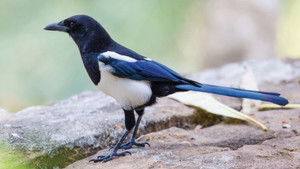 1 - 17Passerines: From Flycatchers to Thrushes May 26, 2017
1 - 17Passerines: From Flycatchers to Thrushes May 26, 2017 -
 1 - 18Passerines: From Thrashers to Warblers May 26, 2017
1 - 18Passerines: From Thrashers to Warblers May 26, 2017 -
 1 - 19Passerines: From Tanagers to Birders May 26, 2017
1 - 19Passerines: From Tanagers to Birders May 26, 2017 -
 1 - 20Photography for Birders May 26, 2017
1 - 20Photography for Birders May 26, 2017 -
 1 - 21Birding Sites in Eastern North America May 26, 2017
1 - 21Birding Sites in Eastern North America May 26, 2017 -
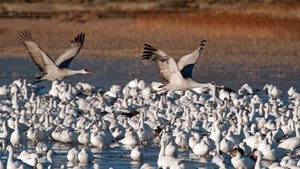 1 - 22Birding Sites in Western North America May 26, 2017
1 - 22Birding Sites in Western North America May 26, 2017 -
 1 - 23Birds and People May 26, 2017
1 - 23Birds and People May 26, 2017 -
 1 - 24Birding Ethics and Conservation May 26, 2017
1 - 24Birding Ethics and Conservation May 26, 2017
Overview
Study the physics and biology of avian sounds, which underlie the rich range of birdsong heard in the field. Discover how birds learn to vocalize, and how bird songs and calls are used for a remarkable spectrum of communication. Look at mimicry in birds, ways to use recordings to attract birds, and how digital technology can teach us more about bird vocalization.
Year 2017
Studio Wonderium, The Great Courses
Director James Currie
Popularity 0.5501
Language English















